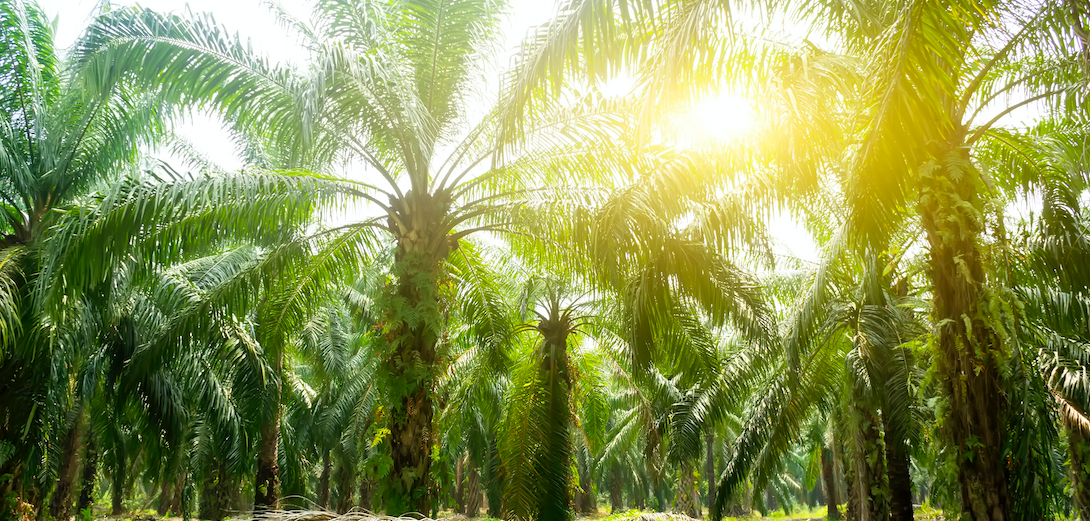11.21.2025
Sausage casings bulletin, November 21, 2025

...

Bullish Palm Oil Data Drives Another Rally in Veg Oils
Vegetable oil prices continued to surge higher on Wednesday as rising concerns about U.S. planting and dryness in the Canadian Prairies drove buying across the oilseed complex. The rally pushed the benchmark soybean oil contract to a new life-of-contract high and left the benchmark palm oil contract just below its life-of-contract high. Bullish palm oil production data also contributed to buy, as did strength in vegetable oil futures on the Dalian exchange.
Most soybean oil futures gained more than two percent (July contract +180 basis points per pound) as long oil share spreading by funds lifted the entire curve. However, bull spreading by funds limited the gains in the back end of the curve (July 2022 contract +89 basis points). The benchmark contract tested the mid-March high on the continuous most actively traded contract chart, but resistance at that level, 57 cents, and the upper Bollinger band “limited” the gains. Still, the contract settled less than 1/2 percent from the high of the day. If the contract can move above the mid-March high, just above 57 cents, the intraday high of 58.25 is likely the next level of resistance. However, with the contract above its upper Bollinger band, profit-taking could drive short-term weakness. That said, if the weather forecast continues to feature cooler than average temperatures, growing concerns about planting delays in the Corn Belt will likely continue to drive oilseed complex prices higher.
Palm oil futures rose about two percent (July contract +89 ringgit per tonne). However, gains in some deferred contracts near the peak of the seasonal increase in output were slightly smaller (September contract +57 ringgit). Selling in the benchmark contract above the life-of-contract high and 3,900 ringgit limited the advance and left the benchmark contract just below the psychologically important level. Beyond the 3,900-ringgit level and the life-of-contract high, the February 2011 high of 3,967 ringgit on the continuous most actively traded contract chart may also provide resistance. The benchmark contract is above its upper Bollinger band, so profit-taking could also drive short-term weakness. However, support is likely at 3,800 ringgit.
An estimate from the Southern Peninsula Palm Oil Millers’ Association (SPOMA) suggesting palm oil production during the first 20 days of April was unchanged from the same period in March added to the bullish tone set by higher prices in competing vegetable oil markets. Production typically increases by about 100,000 tonnes from March to April. However, output did decline by less than 25,000 tonnes in 2018 and 2019. The Jacobsen expects output to increase by 221,000 tonnes, below the 255,000-tonne increase reported last year, but may need to revise its projection if SPOMA estimates do not indicate an increase in production over the previous ten days of the month. If production is unchanged, it will imply a decline in stocks from March to April of 130,000 tonnes, likely driving the benchmark contract up to test the 4,000-ringgit level.